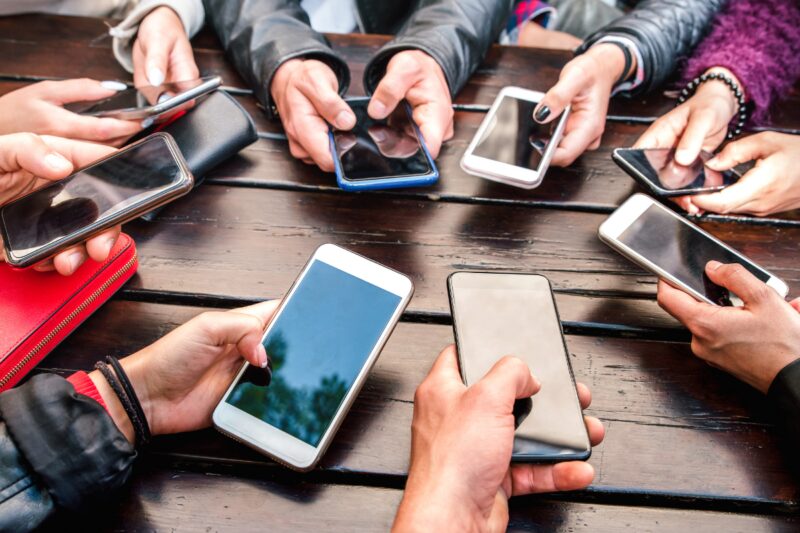1. Mindful Screen Time: Embrace a mindful approach to screen time. Set specific time limits for social media, entertainment, and work-related activities. This can help prevent digital burnout and create space for other meaningful activities.
2. Tech-Free Zones: Designate certain areas or times as tech-free zones. Whether it’s during meals, in the bedroom, or during social gatherings, having spaces free from screens promotes better interpersonal connections and allows for mental relaxation.
3. Digital Decluttering: Regularly declutter your digital space. Unsubscribe from unnecessary emails, organize your files, and delete unused apps. A tidy digital environment can contribute to a clearer mind and increased productivity.
4. Scheduled Breaks: Incorporate scheduled breaks into your work or study routine. Use these breaks to stretch, move around, and give your eyes a rest. Breaks are essential for maintaining focus and preventing technology-related strains.
5. Cybersecurity Consciousness: Develop good cybersecurity habits. Use strong, unique passwords, enable two-factor authentication, and keep your devices and software updated. Being proactive about cybersecurity protects your personal information and digital identity.
6. Digital Detox Days: Plan regular digital detox days where you disconnect from all electronic devices. Engage in outdoor activities, spend time with loved ones, or explore hobbies that don’t involve screens. It’s a refreshing way to recharge both physically and mentally.
7. Purposeful Social Media Use: Be intentional about your use of social media. Curate your feeds to include content that adds value and positivity to your life. Unfollow accounts that contribute to negativity or mindless scrolling.
8. Technology and Sleep Hygiene: Create a technology-free wind-down routine before bedtime. The blue light emitted from screens can interfere with sleep patterns. Consider using a blue light filter on your devices or limiting screen time at least an hour before sleep.
9. Learn and Adapt: Stay informed about the latest technologies and their impact on well-being. Continuously reassess and adapt your habits as technology evolves. Being proactive in understanding and managing the influence of technology is key to maintaining a healthy relationship with it.
10. Real-world Connections: Foster real-world connections alongside your digital interactions. While technology enables us to connect globally, nurturing relationships in person is equally important for emotional well-being.
By incorporating these habits into your daily life, you can harness the benefits of technology while maintaining a healthy balance. Remember, the goal is not to eliminate technology but to use it consciously and purposefully for a more fulfilling and enriched life.



